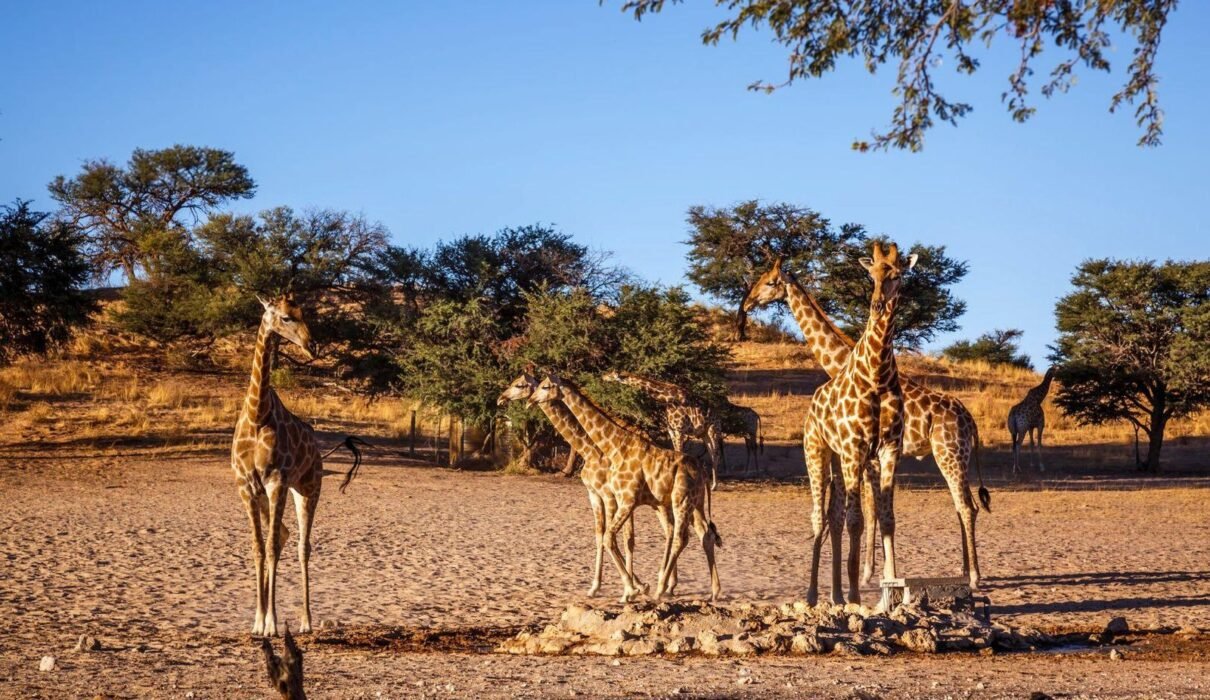Tanzania is one of Africa’s premier safari destinations, offering breathtaking landscapes, diverse wildlife, and rich cultural experiences. From the majestic Serengeti to the towering Mount Kilimanjaro, a Tanzania safari promises to be an unforgettable adventure. Before you embark on your journey, here are 10 essential things you need to know to make the most of your trip.

1. Tanzania is Home to the Big Five
Tanzania is one of the few countries where you can see the Big Five—lions, leopards, elephants, rhinos, and buffalo—in their natural habitat. The Serengeti National Park and Ngorongoro Crater are two of the best places to spot these iconic animals.
Plan your Big Five safari with Kilimanjaro Climb Specialist
2. The Best Time to Visit is During the Dry Season
The best time for wildlife viewing in Tanzania is during the dry season from June to October. During this period, animals gather around water sources, making them easier to spot. If you’re visiting to witness the Great Migration, plan to travel between July and September, when the famous river crossings take place.
3. The Great Migration is a Must-See
One of the most extraordinary wildlife spectacles on Earth, the Great Migration involves over 1.5 million wildebeest, along with zebras and gazelles, moving across the Serengeti in search of fresh grazing. Witnessing the dramatic Mara River crossings is a highlight of any Tanzania safari.
Learn more about the Great Migration with Eddy Tours Safaris
4. Tanzania Has Diverse Safari Regions
Tanzania is divided into several safari regions, each offering unique landscapes and wildlife experiences:
- Northern Circuit: Includes the Serengeti, Ngorongoro Crater, and Tarangire, famous for classic safaris.
- Southern Circuit: Includes Ruaha National Park and Selous Game Reserve, offering remote, less crowded safari experiences.
- Western Circuit: Home to Mahale Mountains and Gombe Stream, known for chimpanzee trekking.
Discover Tanzania’s safari circuits with Kilimanjaro Climb Specialist
5. You Can Combine Your Safari With a Kilimanjaro Climb
For those seeking more adventure, a Tanzania safari can be combined with a Mount Kilimanjaro climb, the highest peak in Africa. Many visitors start their safari with a trek up Kilimanjaro before heading to the Serengeti or Ngorongoro for a wildlife experience. It’s the perfect combination of adventure and nature.
6. Packing the Right Gear is Essential
Packing smart is key to a successful safari. Bring lightweight, neutral-colored clothing, comfortable walking shoes, and a hat to protect yourself from the sun. Don’t forget binoculars for better wildlife viewing, a camera to capture the incredible sights, and insect repellent to keep bugs at bay.
Check out expert packing tips from Eddy Tours Safaris
7. Tanzania Offers Excellent Birdwatching Opportunities
With over 1,100 bird species, Tanzania is a paradise for birdwatchers. From the stunning pink flamingos on the lakes of Manyara and Ngorongoro to the fish eagles soaring over the Serengeti, bird lovers will be thrilled by the variety of species.
8. Luxury and Budget Safaris Are Available
Whether you’re seeking a luxurious safari experience or traveling on a budget, Tanzania offers a wide range of accommodations. From luxury lodges with stunning views to tented camps that bring you closer to nature, there’s something for every type of traveler.
Find the best safari accommodations with Kilimanjaro Climb Specialist
9. Tanzania is Safe for Tourists
Tanzania is one of the safest countries in Africa for tourists. The government and national parks prioritize safety, and visitors typically have a safe and enjoyable experience. However, it’s important to follow the advice of your safari guide and always be cautious when interacting with wildlife.
10. Tanzania Safaris Support Conservation Efforts
By going on a safari in Tanzania, you’re contributing to the conservation of wildlife and national parks. Park fees and eco-friendly tourism practices help fund anti-poaching efforts and the preservation of endangered species, ensuring that future generations can continue to enjoy Tanzania’s natural beauty.
Learn more about sustainable safaris with Eddy Tours Safaris
FAQs About Tanzania Safaris
1. What is the best time to visit Tanzania for a safari?
The best time is during the dry season (June to October) when wildlife is easier to spot. For the Great Migration, July to September is ideal.
2. Which parks should I visit in Tanzania?
The Serengeti, Ngorongoro Crater, and Tarangire National Park are must-see destinations, while the Southern Circuit offers more remote experiences.
3. Do I need vaccinations to visit Tanzania?
Yes, vaccinations such as yellow fever may be required, and malaria prophylaxis is recommended. Check with your healthcare provider before traveling.
4. How long should a Tanzania safari be?
A typical safari lasts 5 to 10 days. You can combine multiple parks and include activities like a Kilimanjaro climb or a beach extension in Zanzibar.
5. Can I do a self-drive safari in Tanzania?
Yes, self-drive safaris are possible, but hiring a guide is recommended for the best wildlife viewing and to ensure safety.
Start Planning Your Tanzania Safari Today!
A Tanzania safari offers unforgettable wildlife experiences, stunning landscapes, and rich cultural encounters. Whether you’re watching the Great Migration or exploring the remote Southern Circuit, Tanzania is the perfect destination for an adventure of a lifetime.
Book your Tanzania safari with Kilimanjaro Climb Specialist
Plan your perfect safari with Eddy Tours Safaris

